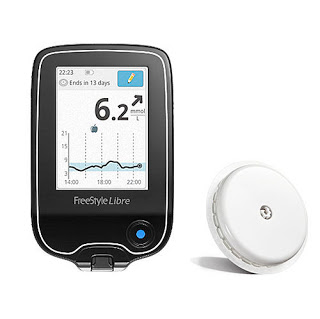In parallel with the explosion of type 2 diabetes in recent years, so too are we seeing a marked increase in gestational diabetes, or diabetes which is diagnosed in pregnancy. Because of the critical importance of diagnosing and appropriately treating these women, consideration is currently being undertaken for changing the way we approach the diagnosis. These changes would result in a much broader group of pregnant women being identified as diabetic.
The impetus for considering a change in the diagnosis of gestational diabetes (GDM) is that an important study demonstrated that increasing maternal blood sugars were associated with increased birth weight and high insulin levels in the newborn baby, at levels below current Canadian diagnostic blood sugar thresholds for GDM. The International Association of Diabetes and Pregnancy Study Groups has therefore proposed a new set of blood sugar criteria for the diagnosis of GDM which are lower than our current thresholds.
The implications are enormous: as many as 18% of pregnant women would be considered to have gestational diabetes, compared to only 8% with current criteria.
Another important change being proposed is that certain blood sugar criteria would result in the diagnosis of Type 2 Diabetes while pregnant. Currently, when a woman is found to have high blood sugars in pregnancy, we make a diagnosis of Gestational Diabetes, which by definition is a state of elevated blood sugars that would be anticipated to resolve postpartum. However, it is increasingly recognized that many of these women were likely undiagnosed Type 2 Diabetics prior to pregnancy, and in these women, their blood sugar elevation will persist after delivery.
Though there is much ongoing debate as to whether these new criteria should be adopted, the opportunity to underline the importance of diagnosing and treating elevated blood sugars before, during, and after pregnancy must not be missed. The following steps are of crucial importance:
1. Blood sugars should be checked before pregnancy, such that diabetes before pregnancy can be detected and treated to control before conception. This is critically important, as high blood sugars in the first trimester is associated with increased risks including congenital malformations (birth defects), miscarriage, and high blood pressure in the mother.
2. Aggressive screening for diabetes in pregnancy, starting as early as at the time of diagnosis of pregnancy. The screening strategy is more aggressive in women with risk factors for diabetes, which include overweight, family history of diabetes, previously giving birth to a large infant, presence of metabolic syndrome, and certain ethnic backgrounds (such as Aboriginal Indian, South Asian, African ancestry). Remember that a woman who does not have diabetes before pregnancy can develop diabetes even in the very beginning of pregnancy, as several hormonal changes occur in pregnancy that can predispose towards development of diabetes.
3. Diabetes must be carefully checked for after delivery, so as to identify women who have diabetes that persists beyond pregnancy. Checking blood sugars after delivery is not enough; a glucose challenge test (performed under the care of your doctor) must be undertaken.
4. Breast is best: in addition to numerous benefits to the baby, breastfeeding also helps to control blood sugars postpartum in the woman who is persistently diabetic. Breastfeeding is also a great method to help shed pounds after pregnancy, as about 300 calories are expended in breast milk each day (including 50 g of carbohydrates)!
Dr. Sue © 2010 www.drsue.ca drsuetalks@gmail.com












